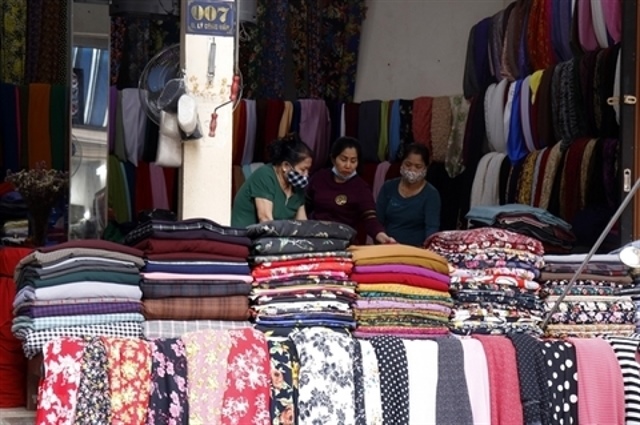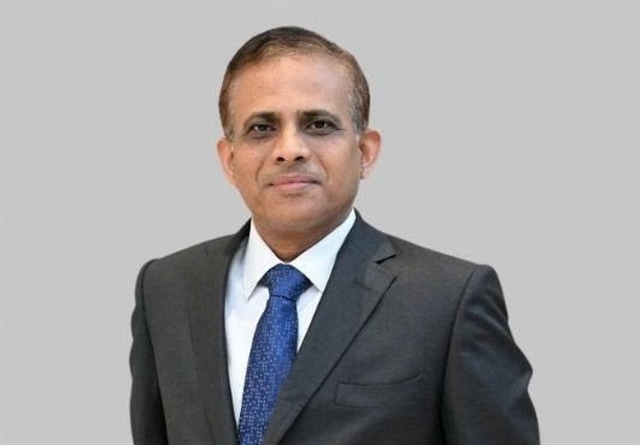Prudence for black credit treatment
Prudence for black credit treatment
Policymakers should have good knowledge of market mechanism and its problems to work out appropriate policies; otherwise, they may make things worse. The VND5-trillion credit package to deal with black credits, if not well executed, may fall into the situation of “The cure may be worse than the disease.”

A look back at the history of the banking industry shows that the business of moneylenders, who are called loan sharks or black credit operators in Vietnam, came into existence in the old time and has been practiced until today. Moneylenders acquire the bad reputation that the Israeli people have had to bear since the old time, but actually they are the most entrepreneurial people in the world.
In the old time, some people had the idea of borrowing unused offerings at temples for lending to others at a certain interest rate. This is the starting point of the banking business.
Over the time, due to information mismatch (one party has more information or knowledge than the other), many problems have arisen from the business, causing losses for depositors and the ensuing crisis. Therefore, the State has very strict regulations for banking operations, and banks are prudent in loan appraisal and lending.
However, the society has diverse money demands and there are cases where banks or official credit organizations can hardly assess. These are the cases of non-official and underground economic activities. Therefore, moneylenders or black credit operators are still present in all countries in the world, even in developed countries.
Exorbitant interest rates
The common interest rate is 12% per year, while the interest rate for pawning is around 3% per month or 42% per year (compound interest rate). However, the interest rate of black credits is much higher. According to the World Bank’s documents for black credits in 1990, the time when the global lender had studies on the causes of failures of the State intervention into or policies for black credit operations, the rate was as high as 75% per year in some places, and there were times when people could not borrow at any interest rate.
Studies show that there are many fundamental reasons for the extremely high interest rate of black credits.
First, black credits are often short-term loans, so the interest rate is affordable to borrowers. For example, the interest rate for a VND5-million loan for three days is 1% (the compound interest rate is 240% per year), so the interest payable is VND50,000.
Second, the yield of such loans is often very high. It’s like the example of a man who does the tilling with his own labor. The efficiency will get much higher if he can buy a buffalo for the work. Therefore, the interest for black credits is still much lower than the benefit gained in many cases.
Third, the risk of lenders’ failure to recover the loan. In reality, black credits are generally related to bad elements in society such as gamblers and bettors. Therefore, it’s not easy to recover the loan in a decent manner. So, the lender has to charge an exorbitant interest rate to offset the risk or to hire debt collectors.
A study on information mismatch by Joseph Stiglitz and his associates shows that the interest rate in this case is even lower than the balance level of the market so as to screen out some borrowers with extremely high risks.
Fourth, the monopoly of lenders is also a reason for the high interest rate. In reality, moneylenders operate only within the small area of a familiar community and rarely expand to other “areas” due to the high risk of losing their money.
Among the above four reasons, monopoly is an issue in need of direct State intervention. However, the chance for intervention is thin as many people in a locality or a community can provide such loans. Meanwhile, other reasons come from the structure of the market, which direct State intervention is, in essence, not effective and is very difficult for intervention.
How the credit package works
As mentioned above, black credits are often associated with the non-official economic sector and illegal activities. Most media reports on black credits are cases of debtors unable to make repayment being terrorized by hired debt collectors. January is generally the most hectic time of black credit activities.
There are critical cases where people need urgent money to solve some affairs, but they are still not the main target of black credit operators. Meanwhile, deliberate, risk averted entrepreneurs are rarely involved with black credits because they are aware of the cost to pay. With these two groups of people, it’s hard to visualize how the VND5-trillion credit package will work.
Meanwhile, the package cannot be offered to people involved in illegal activities because of the potential losses and the strong possibility of imprisonment on the part of the borrowers if legal enforcement is strong. On the contrary, if legal enforcement is weak, it would be an opportunity for corruption and misappropriation. Borrowers would easily do wrong if they know that the debt cannot be repaid and will definitely be written off. So, the credit package may do more harm than good, lending a helping hand to more bustling black credit activities.
For cases where people need urgent money to solve some affairs, it’s still not easy to approach the package, as they have to justify their need, and so many procedures must be completed if legal enforcement is strict; otherwise, it would be the ground for corruption and misappropriation as mentioned above.
The solution
The VND5-trillion credit package is a necessary move in terms of easing the public concern. However, the execution of the package is very difficult, given many risks and problems as mentioned above. In this situation, indirect policies should be given consideration.
First, an important issue is the financial literacy of the public. When people do not have good understanding or imagination of relevant issues and lack personal finance management capacity, they can easily be at a disadvantage. Therefore, the public should be educated about financial literacy on the media.
Second, the micro-finance system, which is closely associated with community organizations and grassroots democracy, should be developed. This is still a big void in Vietnam. Official institutions like the Policy Bank and the Bank for Agriculture and Rural Development can hardly cover their operations across the whole country. Therefore, the State should have appropriate policies to develop this financial model.
Finally, the State should create economic opportunities so that people can have jobs with stable income and do not have to depend on non-official economic activities. The possibility of involvement with black credits is lessened when people have a higher living standard and better understanding.























